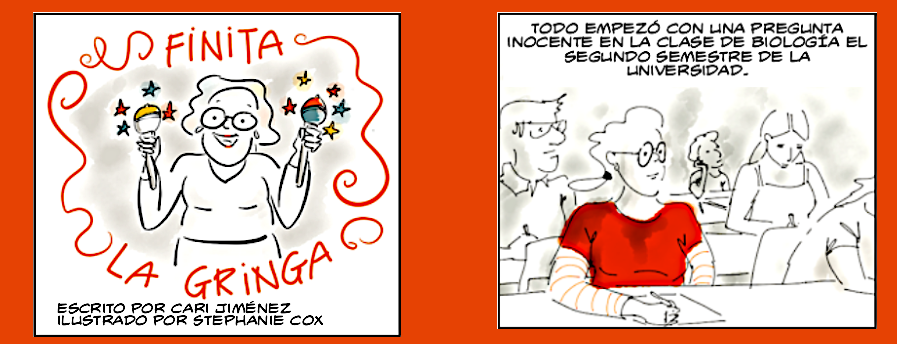Interpretive, Interpersonal, and Presentational Modes of Communication
Interpersonal Communication
Below is my TalkAbroad with Carmen, we discuss politics, literature and the reinterpretation of history. Carmen discusses the difficulties of Peruvian politics and a shared love of Garcia Marquez. We talk about the strength and power of art to make life bearable.
In previous TalkAbroad conversations I relied heavily on talking about only what I’d prepared beforehand. However, with this conversation, I was much more confident speaking about things that I hadn’t prepared to talk about such as love in the time of cholera. It was harder to talk about politics though, as unlike with literature, I know very little about Peruvian politics and issues, which are entirely different than what we face here in America.
Presentational Speaking
In this activity we researched an art museum in the Spanish-speaking world. My museum was the Bellas de Artes in Chile.
I did a good job with pronunciation and research. Of all my projects I believe this one is the best aesthetically and best showcases my progress with the language. My reading, speaking and writing abilities were tested to their limits in this project.
Interpretive Reading
This is a comic series that we read in 201, about a Cuban immigrant and her experiences. This was chosen to test our reading abilities.

Reading finita’s story was fun but difficult at first. Like many beginners to the language, I tried to focus on every word as I was reading however, this made understanding the text difficult. When I read in English I don’t focus on every single word, I scan and continue to read, that along with the pictures in the comic helped me understand it better.